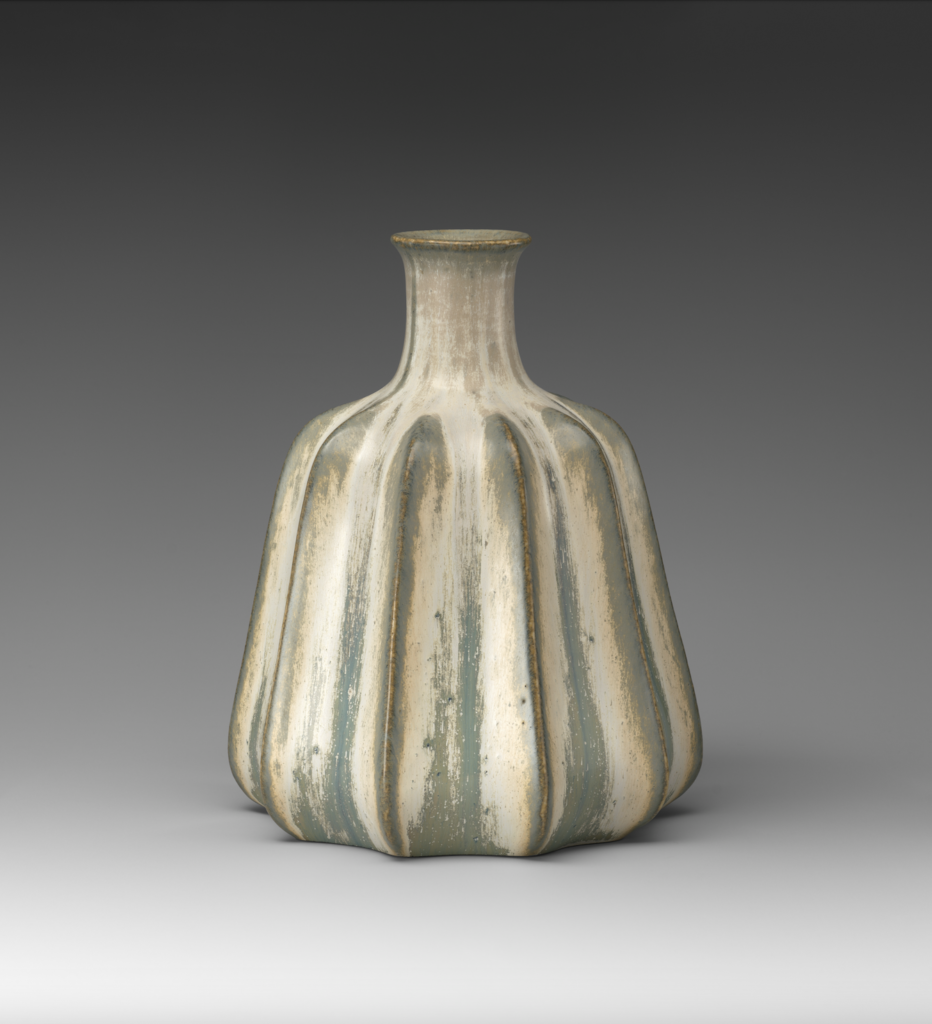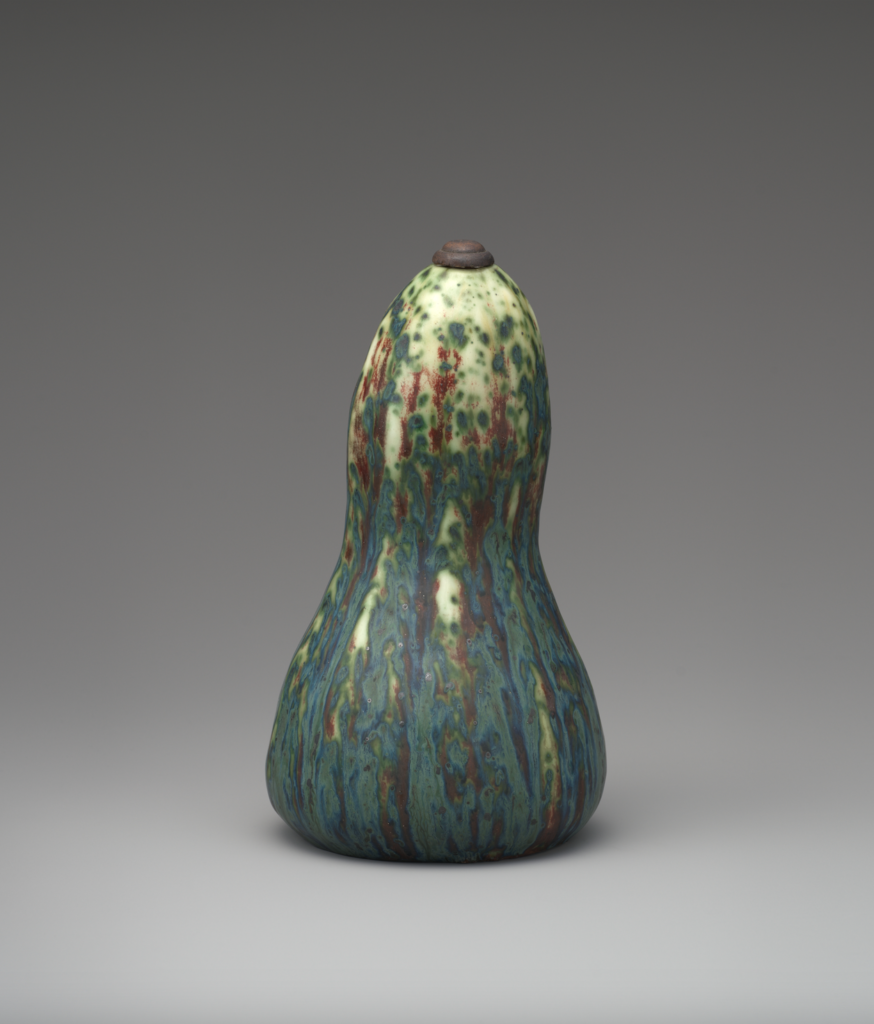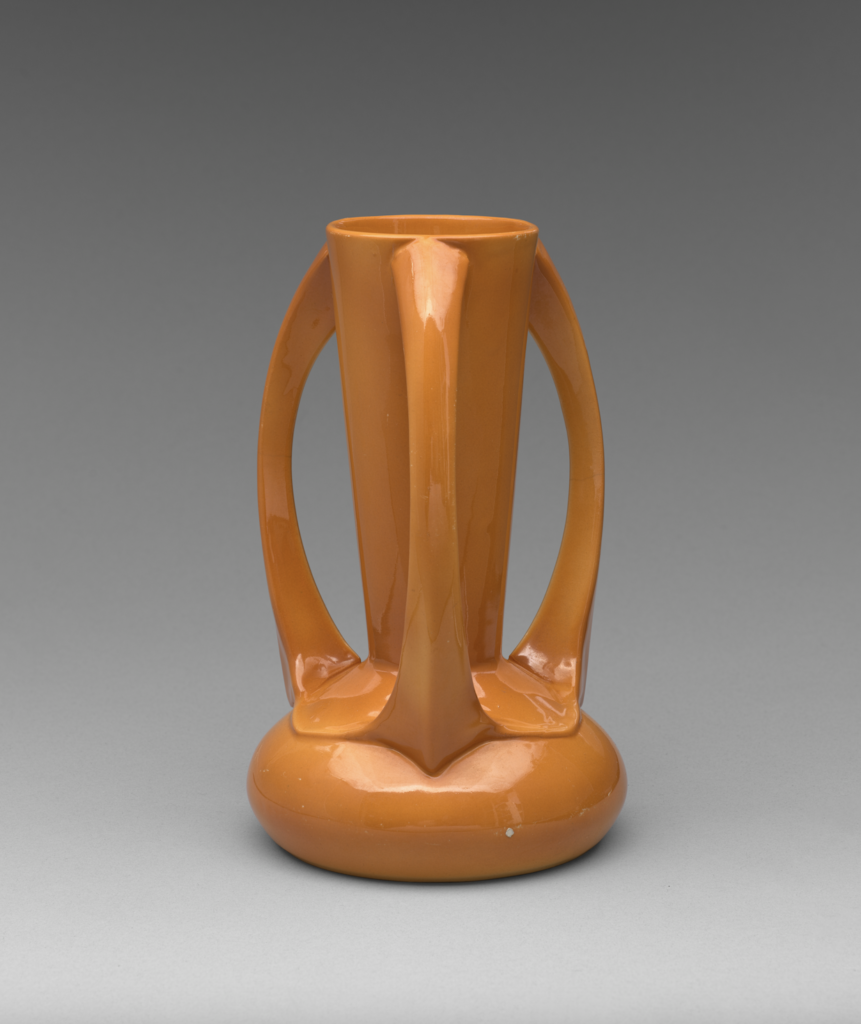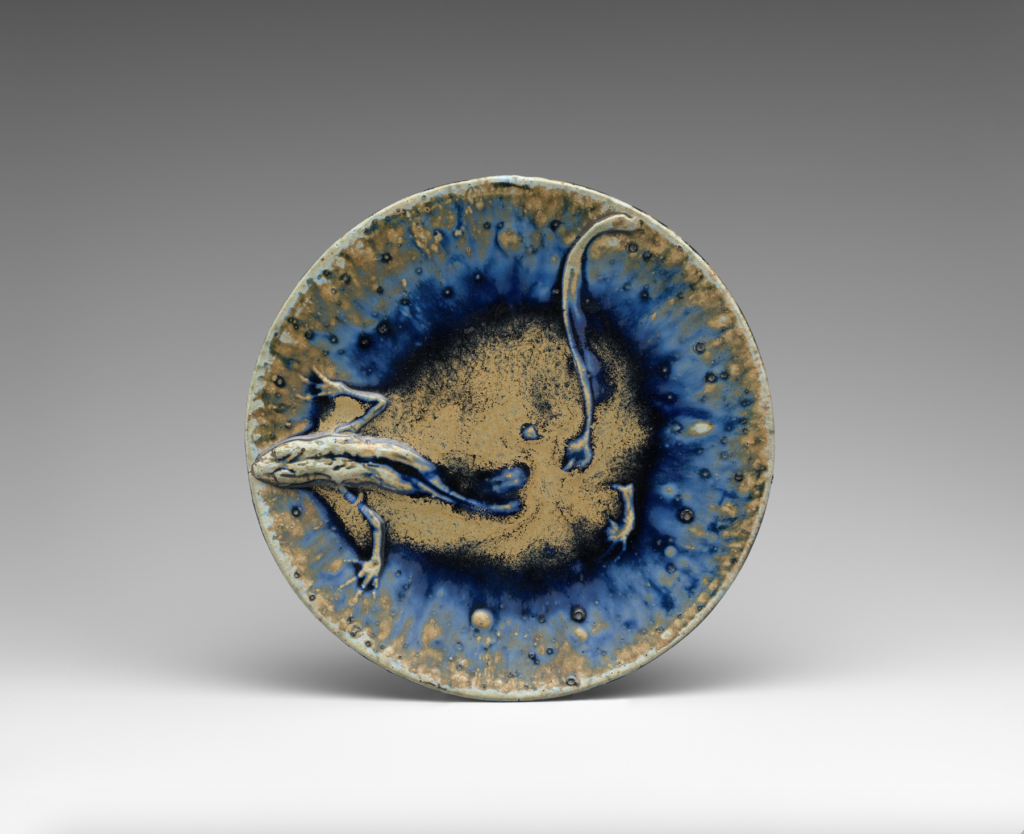Between 2022 and the end of 2024, collector and scholar Martin Eidelberg gave the Metropolitan Museum of Art eighty late nineteenth- and early twentieth-century works of European ceramic art, most of them now on view in Making It Modern: European Ceramics from the Martin Eidelberg Collection. “This exhibition captures a remarkable moment in the history of ceramics that centers on the decorative arts in the formation of early modernism,” says Sarah E. Lawrence, the Met’s Iris and B.

Gerald Cantor Curator in Charge of the Department of European Sculpture and Decorative Arts. Through research, experience, and knowledge, Eidelberg acquired each piece, not to form an encyclopedic or comprehensive collection but rather to reflect two important ideas that distinguish European ceramics created between the 1880s and 1910s: an appreciation of nature as a primary source of inspiration and the influence of Asian ceramics. Making It Modern was organized by Lawrence with guest curator Jeffrey Munger.
While previous movements in the decorative arts had primarily consisted of revivals of earlier ones—classical, Gothic, Renaissance, rococo—the ceramics in Eidelberg’s collection were produced during the emergence of art nouveau, when artists brought abstract forms from nature into their work.

What is singular about this collection and, indeed, about the exhibition, is that very few pieces align closely with the common understanding of that style. Instead, overall, we see the power of individual artistic expression and creativity in European ceramics at the time. “This exhibition considers the earliest articulation of art nouveau, a ‘new art’ that speaks to the desire to find innovative and modern means of artistic expression,” Munger says, adding: “The recognition that modernity was not going to be constrained by a particular national tradition proved to be a stimulus to a broad range of technical and aesthetic experimentation.”
The willingness to experiment and master new styles of glazing is seen in the flammé, or flambé (meaning flamed) glazes used by French ceramists, who achieved them by deliberately limiting the amount of oxygen inside the kiln. Known as reduction firing, the technique caused the metallic oxides in the different colors to revert to their metallic state, producing more intense colors.

A gourd-shaped bottle by Pierre-Adrien Dalpayrat from around 1900 reflects this technique’s dramatic results: the deep greens and reds are striking against an off-white ground. The influence of Asian ceramics, specifically Japanese, on European ceramics of the period is reflected in works on view made in Scandinavia: at the Royal Copenhagen and Bing and Grøndahl factories in Denmark and by the Swedish Rörstrand firm. A small gray vase with a relief carving of a snake by Royal Copenhagen, circa 1900, is directly in the spirit of Japanese netsuke.
The examples in Eidelberg’s collection from the early twentieth century by Belgian architect and designer Henry van de Velde and German architect and designer Peter Behrens reveal new approaches that set the tone for what was to come at mid-century. For example, an orange Behrens vase with a flattened, bulbous lower section, elongated neck, and prominent flaring handles in the center indicates the artist’s desire to break with traditional forms.

Making It Modern includes profiles of important individual artists, factories, workshops, and artworks that together tell the story of the formation of early modernism in ceramics.
-Danielle Devine
Making It Modern: European Ceramics from the Martin Eidelberg Collection • Metropolitan Museum of Art • to January 4, 2026 • metmuseum.org

